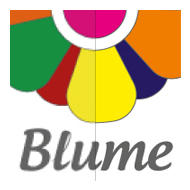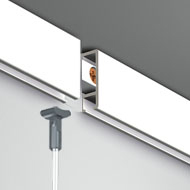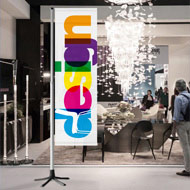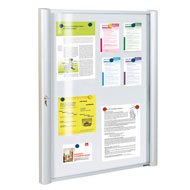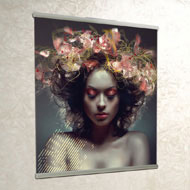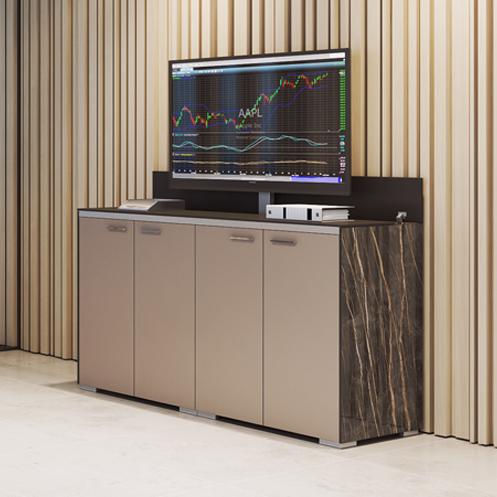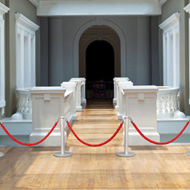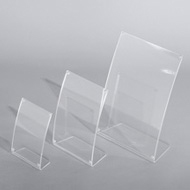
Pflege und Reinigung von bedruckten Schildern – So bleiben sie lange wie neu
Bedruckte Schilder sind nicht nur Informationsträger, sondern oft auch das Erste, was Besucher, Patienten oder Kunden wahrnehmen. Ob Firmenschild am Eingang, Praxisschild an der Tür oder Hinweis im Empfangsbereich: Ein gepflegtes Schild – ob Acryl, Aluminium oder Folie – vermittelt Sauberkeit, Professionalität und Qualität. Mit der richtigen Pflege behalten bedruckte Schilder ihre Farbbrillanz und wirken auch nach Jahren noch professionell. In unserem Artikel erfahren Sie, wie Sie Ihre Schilder richtig reinigen und schützen.








